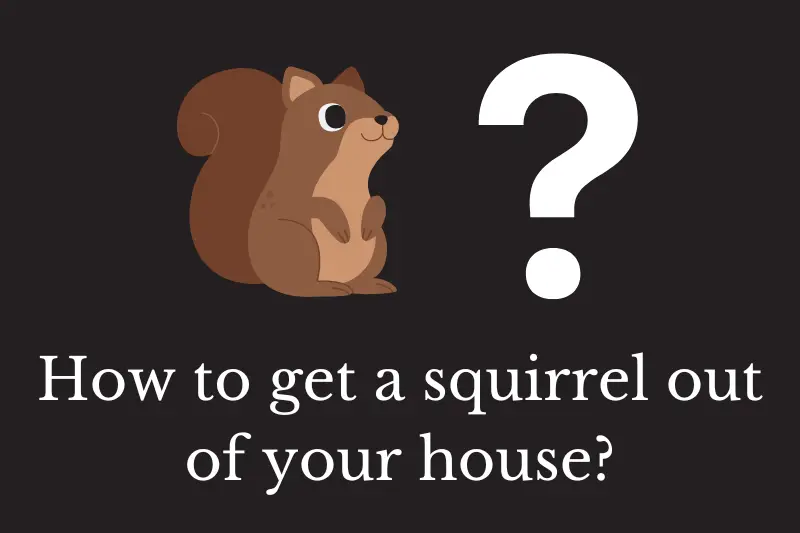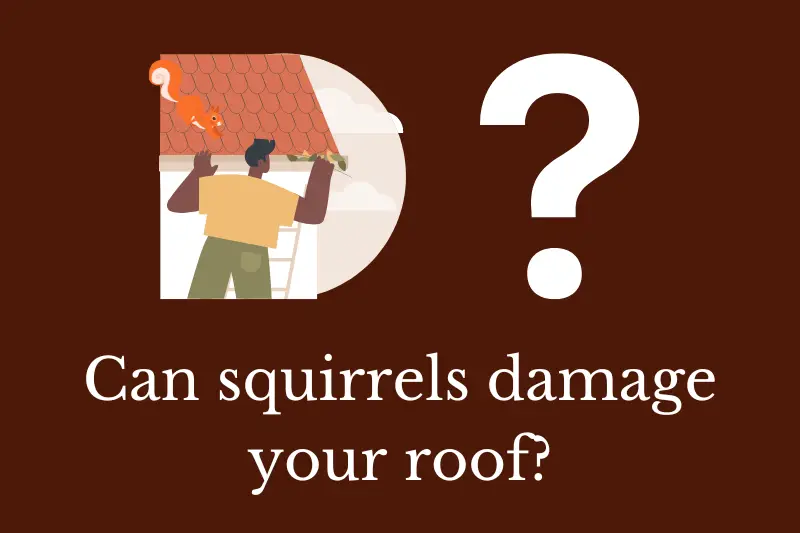Dealing with a squirrel that has made its way into your home can be a stressful and challenging situation. These agile creatures can be difficult to catch and may cause damage to your property or belongings. Removing a squirrel from your home safely and humanely is essential to prevent harm to both the animal and yourself. Here are the steps you can follow to effectively remove a squirrel from your house:
How to get a squirrel out of your house
- Remain calm: It is important to stay calm when dealing with a squirrel in your home. Squirrels are generally more afraid of you than you are of them. They are likely to be stressed and disoriented, so remaining calm will help prevent the situation from escalating and causing unnecessary harm.
- Close off the area: As soon as you notice a squirrel inside your house, close off the area to contain the animal. This may involve closing doors to other rooms or blocking off small openings to prevent the squirrel from escaping into other parts of the house. This will make it easier to catch the squirrel and minimize the risk of damage to your belongings.
- Remove pets and children: Ensure that pets and children are safely removed from the area where the squirrel is located. This will prevent any potential conflicts or injuries, and it will also reduce the stress on the squirrel.
- Observe the squirrel: Carefully observe the squirrel’s behavior to determine its level of stress and mobility. If the squirrel appears injured or ill, you may need to contact a wildlife rehabilitator or local animal control for assistance.
- Provide an exit: If the squirrel entered your home through an open window or door, make sure that the same opening is accessible for the squirrel to exit. You can also try opening additional windows and doors in the room to provide more exit options. Be patient and give the squirrel some time to find its way out.
- Use natural deterrents: If the squirrel does not leave on its own, you can try using natural deterrents to encourage the animal to exit. Place strong-smelling items, such as apple cider vinegar or mothballs, near the squirrel’s location to create an unpleasant environment. Alternatively, you can use loud noises or bright lights to scare the squirrel toward the exit.
- Capture the squirrel: If the squirrel still refuses to leave, you can attempt to capture it using a live trap or a thick towel. Place the live trap in the room with some bait, such as peanut butter or nuts, and wait for the squirrel to enter the trap. If you choose to use a towel, gently toss it over the squirrel and quickly scoop it up, being cautious not to harm the animal.
- Release the squirrel: Once you have captured the squirrel, carefully transport it outside, preferably away from your home to prevent re-entry. Release the squirrel in a safe location, such as a nearby park or wooded area, and ensure it has a clear path to escape.
- Prevent future invasions: After successfully removing the squirrel from your home, take steps to prevent future invasions. Inspect your home for any gaps, holes, or openings that may have allowed the squirrel to enter, and seal them with appropriate materials. Trim tree branches near your home to minimize access points and consider installing squirrel-proof bird feeders to discourage squirrels from coming near your home.
- Seek professional help: If you are unable to remove the squirrel on your own, or if you suspect that there may be additional squirrels or a nest in your home, contact a professional wildlife removal expert or your local animal control agency for assistance.
Summary
In summary, removing a squirrel from your home involves staying calm, containing the animal, providing an exit, using deterrents or capture methods, and releasing the squirrel safely. Once the squirrel has been removed, take preventive measures to ensure that your home is protected from future invasions.





















